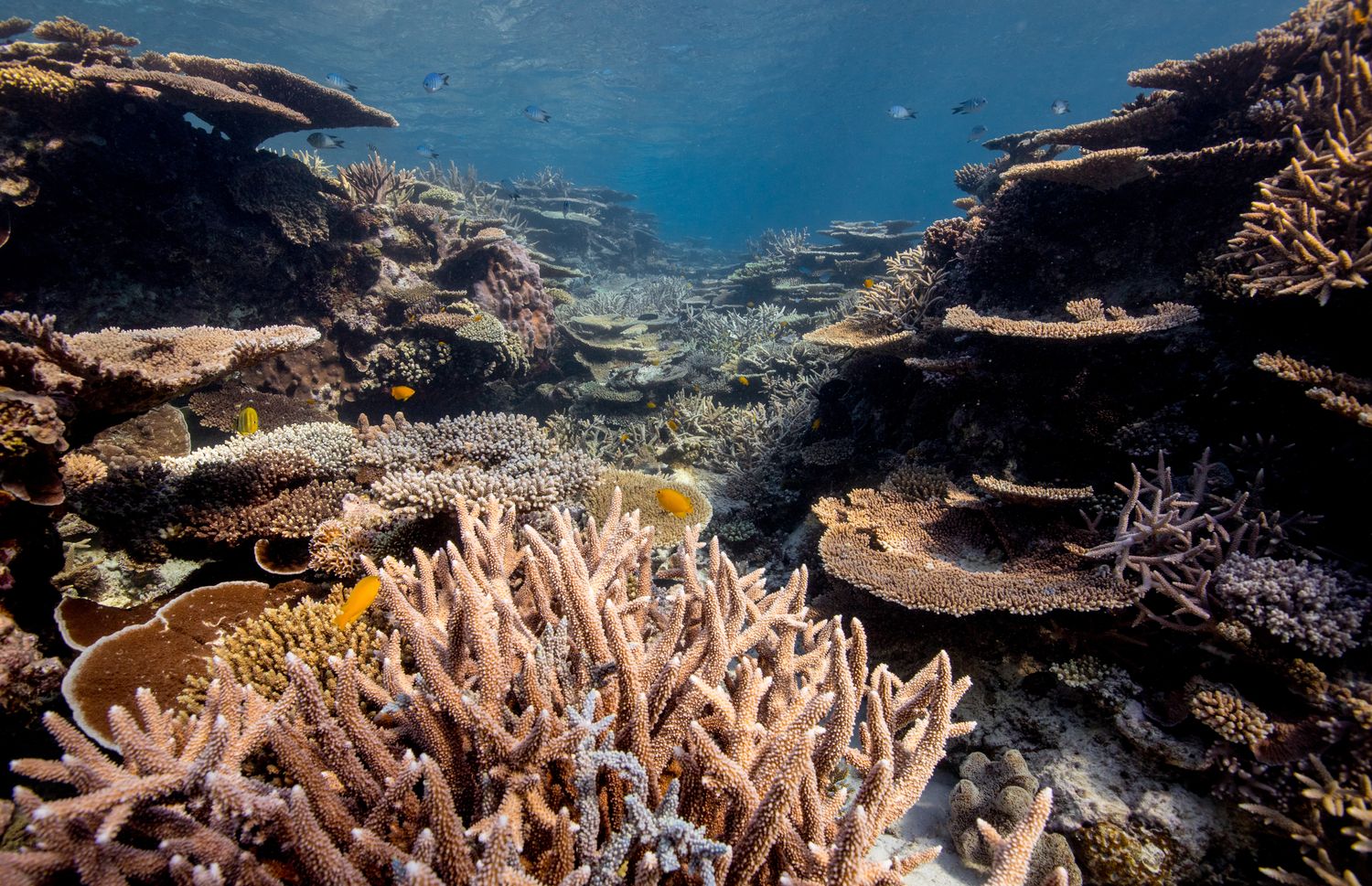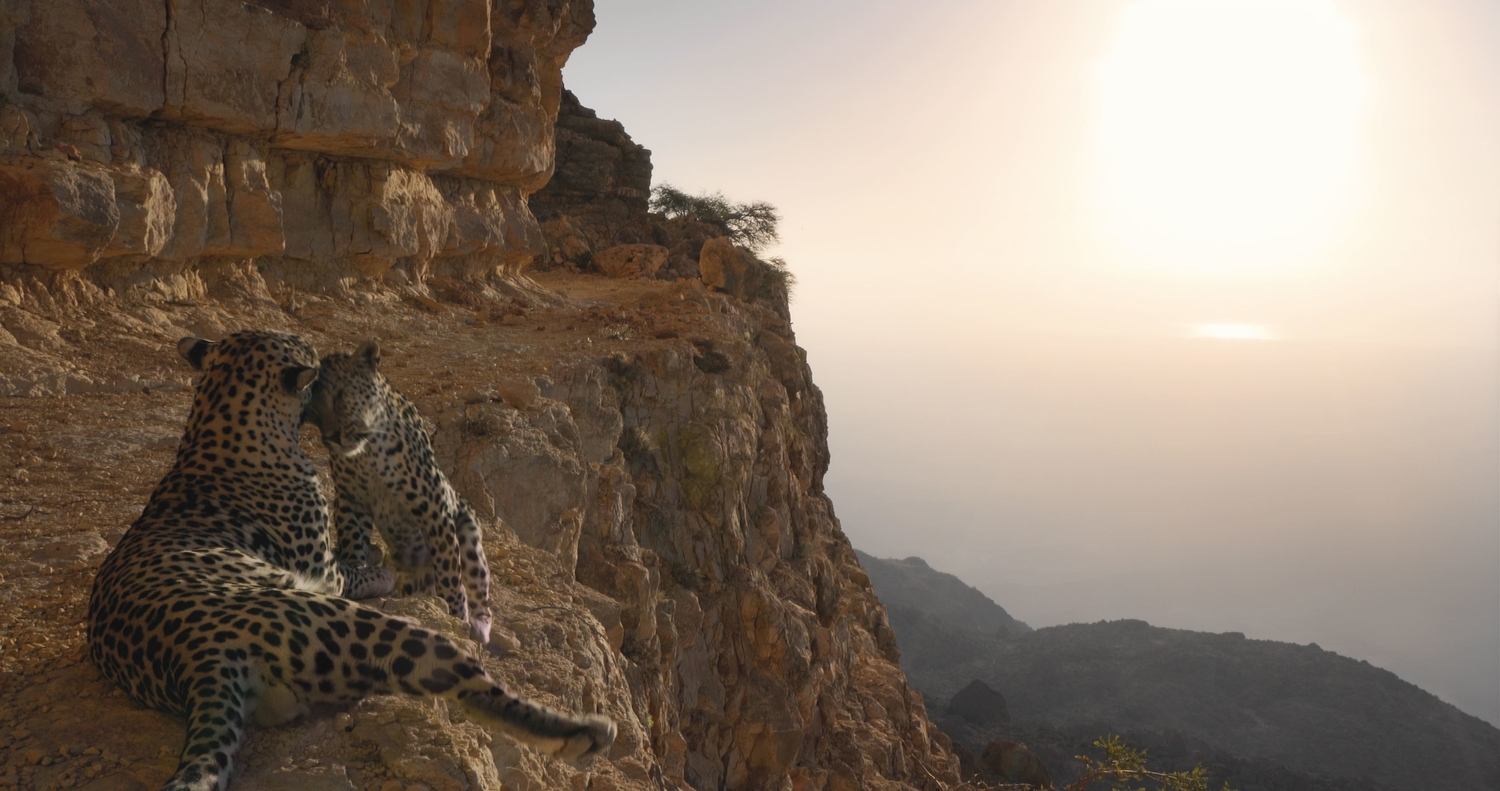It is an extraordinary time in the expansion of documentary filmmaking when narrative nonfiction programming has reached rock-star status. It seems audiences have a taste for real life on the small (and big) screen, and that’s encouraging to documentary filmmakers the world over. It’s also encouraging to distribution companies, and as the nontraditional leader in that market, Netflix has shown its chops over the last five years in nonfiction programming with sensational and critically acclaimed original series like Wild Wild Country and original features like Icarus. And though they’d had a handful of wildlife and nature docs back when they were solely a DVD delivery service, it was nothing like jumping head-first into that genre as they are now doing. Indeed, that whole time, behind the scenes they were working on their boldest leap into the space yet: Our Planet, an eight-part series narrated by the eminence grise of the genre (and the 2003 IDA Career Achievement Award honoree), Sir David Attenborough. The production, which premieres April 5, took four years to make, filming in 60 countries with over 600 crew and amassing more than 3,500 hours of footage.
Back in 2011, documentary producer Alastair Fothergill had come off a trifecta run of BBC Natural History Unit docuseries—Blue Planet, Planet Earth and Frozen Planet. Those series had celebrated the natural world and explained their ecology, but Fothergill felt it was time for a “mass-global, mass-audience documentary landmark series in the mold of those previous series, but dealing in-depth with the challenges that the planet faces ecologically and environmentally.” Fothergill partnered with Keith Scholey, who’d recently completed DisneyNature’s African Cats and Discovery Channel’s North America series, to create Silverback Films—a wildlife and nature production company based out of Bristol, England, which is known as the venerable hub of wildlife and natural history filmmaking.
Like any good narrative nonfiction program, entertaining an audience was Silverback’s overarching goal with Our Planet, but after that, most important to them was making it available to a mass audience and keeping an environmental thread throughout the series. A vital part of that thread is the website, OurPlanet.com, in partnership with the World Wildlife Fund (WWF). “A 60-minute documentary can only carry so much information in the commentary and there was a much bigger story to be told,” says Fothergill. Adds Scholey: “The idea became that the series would [elicit] a [simultaneous] conversation. To do that, we had to have the series available all the time. With normal television, it’s here today and then gone.”
The third and final piece of the puzzle was getting Netflix on board. In 2014, Fothergill and Scholey were introduced to Lisa Nishimura, vice president of original documentary and comedy programming at Netflix. “The minute we understood who [they were],” says Nishimura, “we were very eager to take that meeting.”
As Netflix helps to spur audiences’ growing interest in nonfiction programming, it is in big part thanks to Nishimura’s taste. But without the streaming service’s deep pockets, its flexibility within format choices and its audience of 140-plus million households around the world (which made it the obvious partner for Silverback within a communication exercise of this magnitude), the self-ascribed “documentary nerd” wouldn’t even be able to consider greenlighting such an ambitious project like Our Planet. And when Nishimura first met with Silverback, it was a different era—although it was only five years ago.
“I would say that one of the most exciting and challenging parts of the role that I have is discovering best-in-class storytellers and then trying to understand who our membership base is going to be when those collaborations come together,” says Nishimura. “And in this particular case, [I had to understand] the horizon of planning, research, filming, editing and how working in the natural world is a completely different ballgame [to my other nonfiction programming]. That's what made it particularly challenging and exhilarating at the same time. And for me, the bet was placed, [knowing Keith and Alastair’s] incredible track record in the world of natural history.”
Nishimura says that at that time, Our Planet was by far the most ambitious documentary series they were considering. They were in just shy of 50 countries in 2014, but the goal was to expand their global reach. Today, they’re in 190 countries. “I can't think of another category of storytelling that's more unifying, more global and more interconnected than [Our Planet],” she asserts.
Netflix had already acquired the distribution rights of Blue Planet, Planet Earth and Frozen Planet, and since they track every second that every subscriber watches—though they won’t make that information public—it’s Silverback’s understanding that they found those shows were tracking quite well. Netflix did confirm that 75 percent of their members watched at least one documentary in 2017, though they had no data to share on nature/wildlife documentaries in particular. But as to whether Our Planet is indeed “the world’s most ambitious natural history series” as many sources have called it, Scholey feels they can only judge that based on their own experience.

“Having been involved in making big, landmark series most of our lives and seeing the genesis of those, this is certainly the most ambitious thing we’ve ever done,” he says. “I think it’s the most ambitious because we’ve really pushed the bar on a number of sequences where we wanted to show some of the rarest and most endangered creatures.”
One such sequence is with the Siberian tiger. There exists footage of wild Siberian tigers, but it’s largely amateur with no high-quality broadcast material available. So, Silverback invested two years and two filmmakers in order to get the first-ever such sequence, which makes it into episode eight, "Forests." Cinematographer Mark Smith specializes in remote locations, and he captured the iconic hunting snow leopards in Planet Earth; and assistant producer Kiernan O'Donovan is known for his field work in super-tough locations and has recently begun to forge a career as a wildlife cameraperson himself. Each spent a week at a time over a season living in a box big enough to fit only a bed, a tripod and a camera in sub-zero temperatures in the boreal forest in northern Russia. And they never actually got to film a single frame of the elusive tiger. The tigers padded around their sleeping area at night, but never in the daytime, so the filmmakers rigged a sophisticated camera trapping operation, which finally got the elusive animals on film in the end. In total, Our Planet accrued 400,000 hours of camera trap monitoring.
Capturing never-before-seen footage aside, Fothergill and Scholey—both of whom were head of BBC’s Natural History Unit for a period at different times over the last two decades—want everyone to know that this project is much more than just the TV series.
“This is the very first time when there’s been a massive online support system [in conjunction with the series],” says Fothergill. “We’ve done this with the WWF, and that’s what we feel is most ambitious and never-before achieved when dealing in-depth with a mass-audience showcase within the environmental challenges we face. Our vision is that this is a communication that will continue until the end of 2020, when the next big UN meeting on bio-diversity happens in Beijing.”
As to whether this is a new era for Netflix, at the end of January, Deadline reported that they and James Honeyborne, creator of Blue Planet II, signed a multi-year deal to produce nature and science series through his production company, Freeborne Media. Nishimura wouldn’t say explicitly whether it is Netflix’s intention to continue with wildlife programming in the vein of Our Planet, saying only, “We're very excited to see how this launches and it's a very rich space, but we're not seeking anything in the future yet.” But this bit of news is as good an indication as any that this wasn’t just a one-off series for the streaming and production giant.
First and foremost, for Netflix, they’re hoping to entertain and engage a global audience with Our Planet. Secondly, Nishimura says they’re hoping to help people “fall in love with the planet that you live upon.” As a devourer of PBS’ NOVA back in the day, she feels that that may even be the worthier goal.
“There’s a bigger message that Alistair and Keith have successfully provided in their series,” she explains, “which is to understand how we all play a part, to understand the interconnectedness. And I think the uniqueness of our opportunity and our partnership is that it will be the first time in the history of natural history as a filmmaking form where a series of this size and scope will be released simultaneously around the world, all at once.”
The trio of Netflix, WWF and Silverback has a goal to build a global fan base with Our Planet, and to create the ability to talk about the messages and the stories inside of the series without limitations. Nishimura saw that when natural history shows launched, they did so in an aggregated way, country by country and not necessarily aligned for timing or available in perpetuity. Because of this simultaneous launch and the efforts behind OurPlanet.com, anyone with a Netflix subscription who wants to join the conversation can do so. “I think it is a very big shift in the paradigm of access to the wonders of the world,” says Nishimura. “We're really trying to make this available to everybody.”
Valentina Valentini is a writer traveling the world in search of her next story. She covers entertainment, travel, food, culture and people for Vanity Fair, BBC Travel, Variety and many more. Follow her adventure at @valentina_writes.

